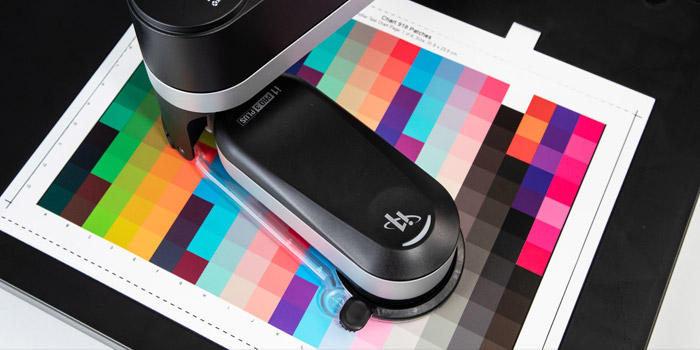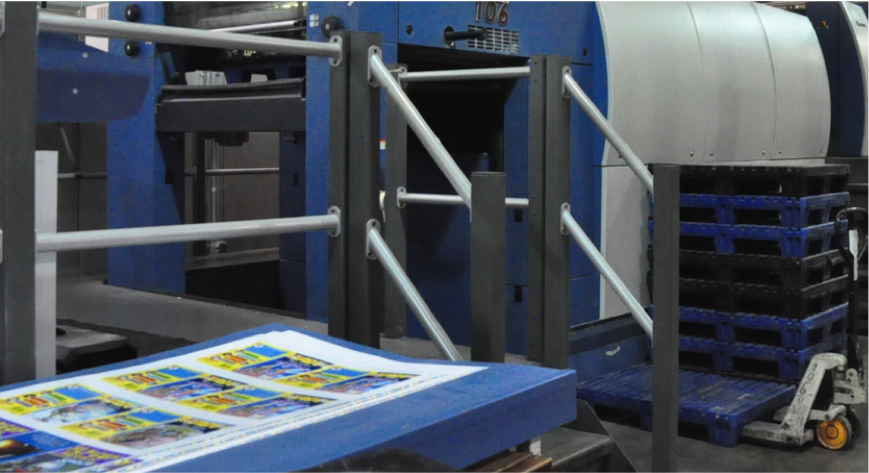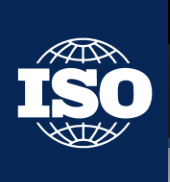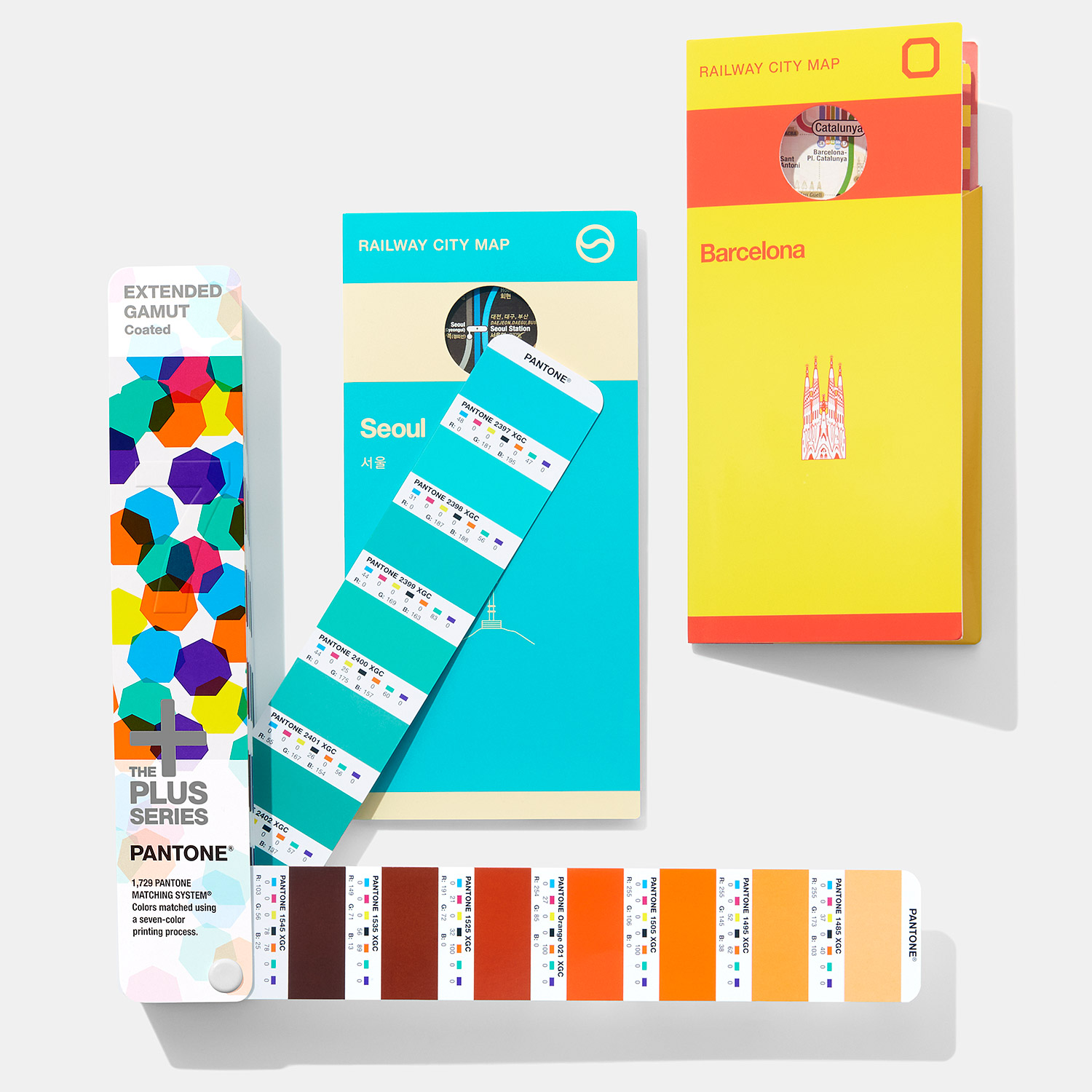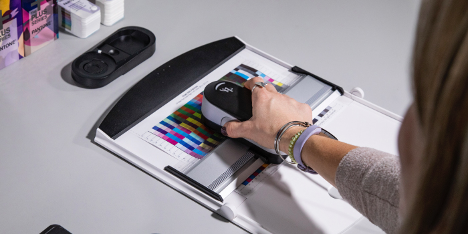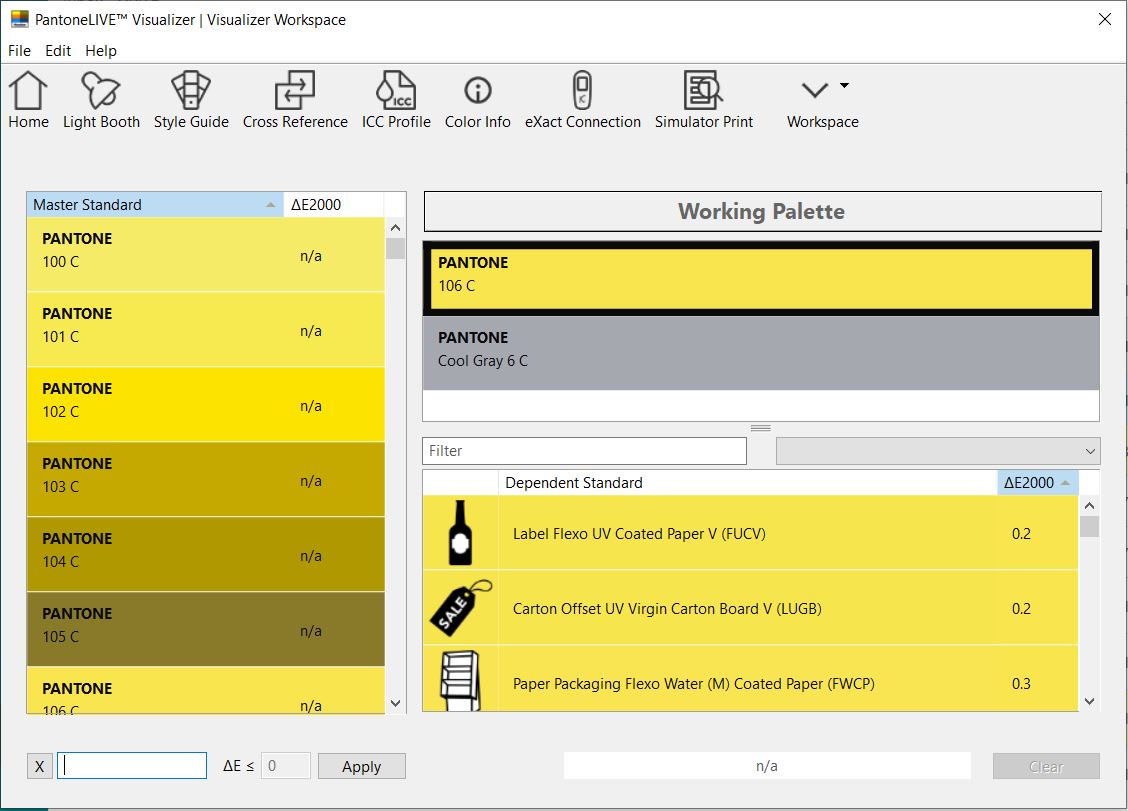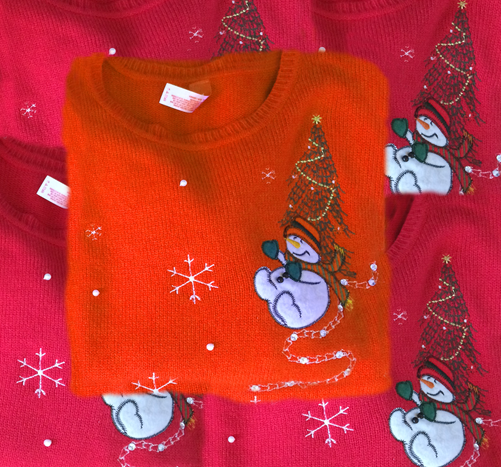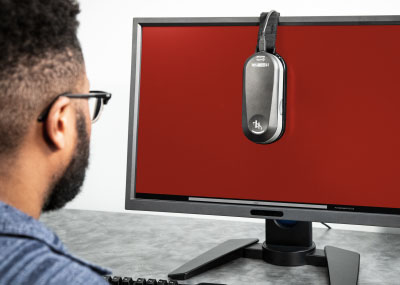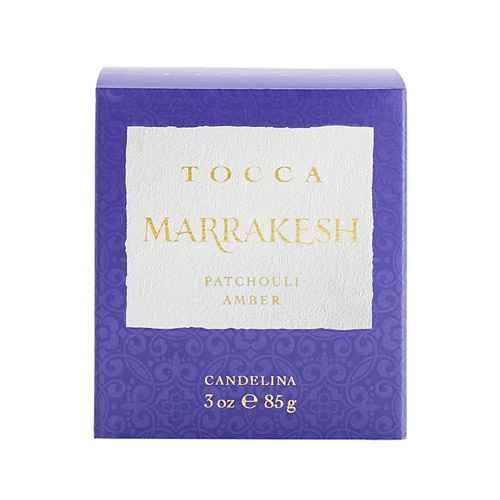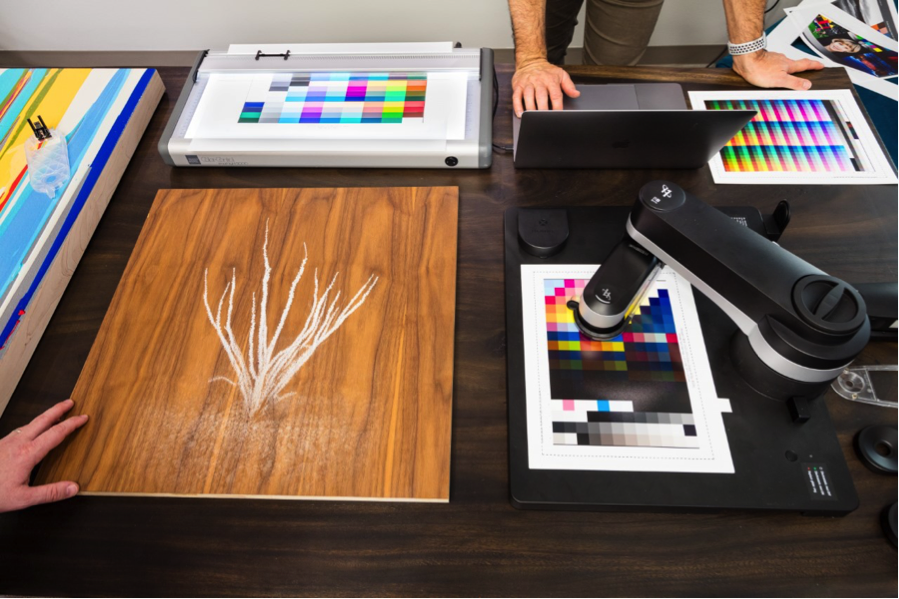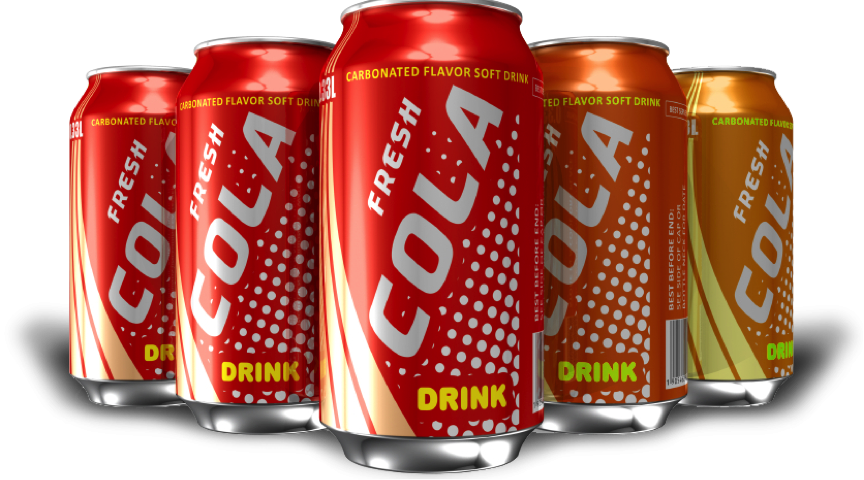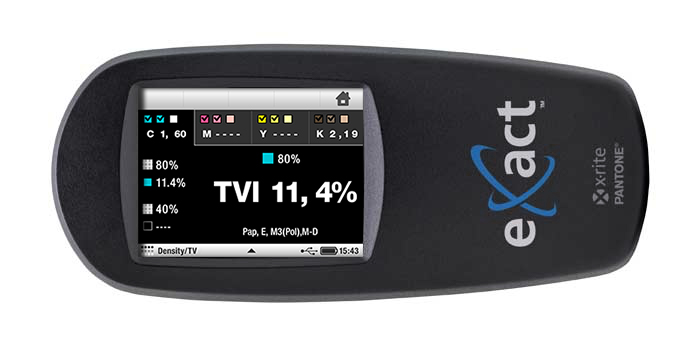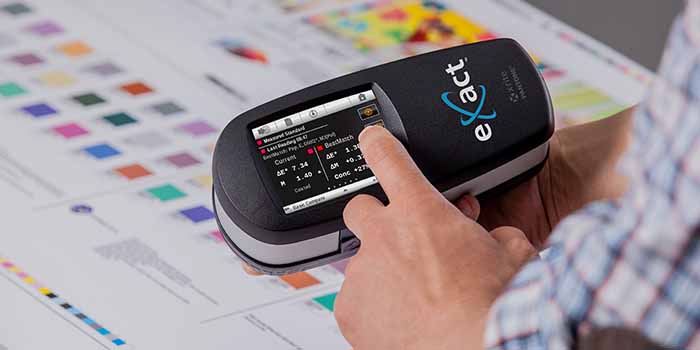When it comes to printing, color accuracy is critical. However, achieving color consistency can be a challenge, leading to color rejections in printing. Here are seven common pressroom issues that lead to color rejections and ways to avoid them. Color Perception Varies Among Individuals. Did you know that color perception can vary significantly from person to person? This variability can lead to disagreements about whether a color is accurate, resulting in color rejections in ...
Autura Ink: The Future of Cloud-Native Ink Formulation and Quality Control X-Rite’s latest innovation, Autura Ink, a cloud-native ink formulation and quality control solution, recently won the prestigious PRINTING United Alliance Pinnacle Award in the color management and quality control category. This award recognizes innovative new products that significantly enhance the printing industry through exceptional quality, capability, and productivity. We sat down with Ming-Pong Liu, Software...
The environmental footprint of fashion is out of control. According to the National Resources Defense Council (NRDC), “Textile mills generate one-fifth of the world's industrial water pollution and use 20,000 chemicals, many of them carcinogenic, to make clothes.” Fabric being dyed in factory. Image from NRDC.org. A Problem That Impacts Everyone Did you know it takes about 200 tons of water (enough to fill several swimming pools) to produce one ton of cott...
All it takes is 2 to 7 seconds. That's right, a tiny snapshot in time is what a consumer invests in making many purchase decisions about a product. This is the much talked about and researched “First Moment of Truth”. X-Rite color management solutions for print and packaging deliver excellence in quality control, formulation and automation. Color is a significant factor in First Moment of Truth, when you considered the reach it has to engage us and communi...
Anyone responsible for printing goods or packaging knows that some colors, like orange, are just too difficult to reproduce using only CMY inks. A fourth color, black (K, which stands for key color) is often added to subtractive color printing applications. Since C+M+Y actually creates a muddy brownish color due to ink impurities in C, M and Y, adding a true black ink creates the deep color and tones that CMY alone can’t achieve, plus adds density to the shadows. This four-color printin...
You say color is important, but do you know why it’s so important? In reality, color is a critical element in the manufacturing process. Unfortunately, many manufacturers are realizing that getting color right is much harder than it used to be, and the brands they support are asking them to meet tighter tolerances. Here’s why. While advances in color technology – think metallic packaging, pearlescent finishes, custom fabrics and vibrant new colors – entice customers, the...
Color management has caused an explosion of opportunities for new and interesting inks on a variety of substrates like paper, fabric, ceramic, transparent, and more. To ensure you can maintain accurate color when running jobs with these new applications, you need to create a printer profile for every printer, ink, and substrate combination. X-Rite offers the right tools to make profile creation fast and easy. Color Measurement Tools The i1Pro 3 Family has you covered for virtually any prin...
In a perfect world, you should be able to put ink in the press and simply run a job. Unfortunately, every year flexo and gravure printing operations waste ink, substrate and press time trying to get color right. Although advancements in technology have made it easier to achieve color accuracy, the variables that affect color still exist. In this three-part series, we're sharing over two dozen reasons your color might be wrong on press. If you missed the first article - Instrumentation - check i...
In a perfect world, you should be able to put ink in the press and simply run a job. Unfortunately, every year flexo and gravure printing operations waste ink, substrate and press time trying to get color right. Although advancements in technology have made it easier to achieve color accuracy, the variables that affect color still exist. In this three-part series, we’re sharing over two dozen reasons your color might be wrong on press. We’ve already covered two important factors &nda...
The International Standards Organization has defined ISO 12647 as a set of Graphic Arts standards for printing. Included are eight parts: Part 1: Print parameters and measurement methods Part 2: Offset lithographic processes Part 3: Coldset offset lithography on newsprint Part 4: Gravure printing Part 5: Screen printing Part 6: Flexographic printing Part 7: Proofing processes working directly from digital data Part 8: Validation print processes wo...
Extended Gamut Printing Increased product variation and lean manufacturing demands are forcing converters to work quicker and more cost-efficiently. Implementing extended gamut printing, also called fixed color palette printing, is a great way for brand owners and designers to specify achievable color, and for converters to reduce press setup time, produce smaller lot sizes, and increase press efficiency. In this video, X-Rite Pantone Color Expert Mark Gundlach explains extended color g...
ICC color management means having a workflow that is predictable, consistent, and repeatable from capture through proofing to final output. To achieve a color managed workflow, you need to calibrate your devices and create an ICC profile for every component, including the camera, monitor, projector, scanner, and printer. Why Calibrate and Profile? For the best color results, you need to calibrate each device that is contributing to your workflow to ensure it is accurately reproducing colo...
The Pantone Color Institute just announced PANTONE 17-5104 Ultimate Gray + PANTONE 13-0647 Illuminating as the Pantone Color of the Year 2021. According to the Pantone Color Institute, PANTONE 17-5104 Ultimate Gray + PANTONE 13-0647 Illuminating, a marriage of color conveying a message of strength and hopefulness that is both enduring and uplifting. Illuminating is a bright and cheerful yellow sparkling with vivacity, a warming yellow shade imbued with solar power. Ultimate Gray is emblematic of...
Black Friday. Not only is it the much anticipated start to holiday shopping, it’s also a day manufacturers have been preparing for all year long. Whether mass-producing holiday cards, candy canes, plastic toys, or festive clothing, accurate color is a must. Manufacturers can’t ship two of the same toy if they won’t match on the showroom floor, and holiday sweaters that are a shade off will end up at a discount store instead of a fashion boutique. Perfection is especially import...
How much time, paper, and ink do you waste re-printing images because the color isn’t right? Before you blame your printer, consider your monitor. When you work on an un-calibrated and un-profiled monitor, you can’t trust the colors you see on-screen, making it hard to make good editing decisions. Luckily, monitor calibration and profiling is a breeze with i1Profiler software. i1Profiler comes with i1Basic Pro 3 and i1Basic Pro 3 Plus. Wizard-based, it walks you through every st...
In a highly competitive marketplace, brands and packaging designers are looking for ways to differentiate their products on the shelf. This increasingly goes beyond color to include embellishment options such as foils, special varnishes, soft touch finishes, and more. Designers are also using more intense solid colors, fluorescents and iridescents, and not just with conventional print. Digital solutions allow more variation in packaging and the ability to address shorter runs and faster cycle ti...
As digital printing continues to grow, many printmakers are moving beyond traditional media to create artwork on substrates like wood, acrylic, textiles, and backlit materials. While the results can be beautiful, achieving exceptional print quality on these materials can be challenging. Enter the i1Pro 3 Plus. With its large aperture, polarization and transmissive capabilities, this new member of X-Rite’s i1Pro Family can create color profiles for substrates that are otherwise ...
Reflective surfaces and metallic inks are very popular for printing and packaging applications. Consumers love the look; but for printers, these substrates and inks are expensive and make color control a challenge. Today we’re taking a look at the measurement options available for controlling these very marketable print and packaging applications to help printers and converters meet brand owner expectations and maintain the highest possible quality output. Sphere vs. 45°:0° - ...
There are different levels of process control that are used for print. While visual comparisons can be used to provide a rudimentary judgment of a match, they can be very subjective, and thus not very accurate, or repeatable. Using a densitometer can provide quantitative actionable feedback for the press operator. This can include measurements of solid ink density, tone value increase (also known as dot gain), Ink Trap, and other print characteristics. These are known as mechanical print c...
Flexible film does a lot more than protect goods on the store shelf. When done right, film packaging design can capture attention and increase product sales. But measuring color on film substrates can be challenging, even for the most sophisticated converter. Here's what you need to know to successfully control print color on flexible film. Does your film exhibit interference? When you measure flexible film with a traditional 45°:0° spectrophotometer, the way you position the instr...




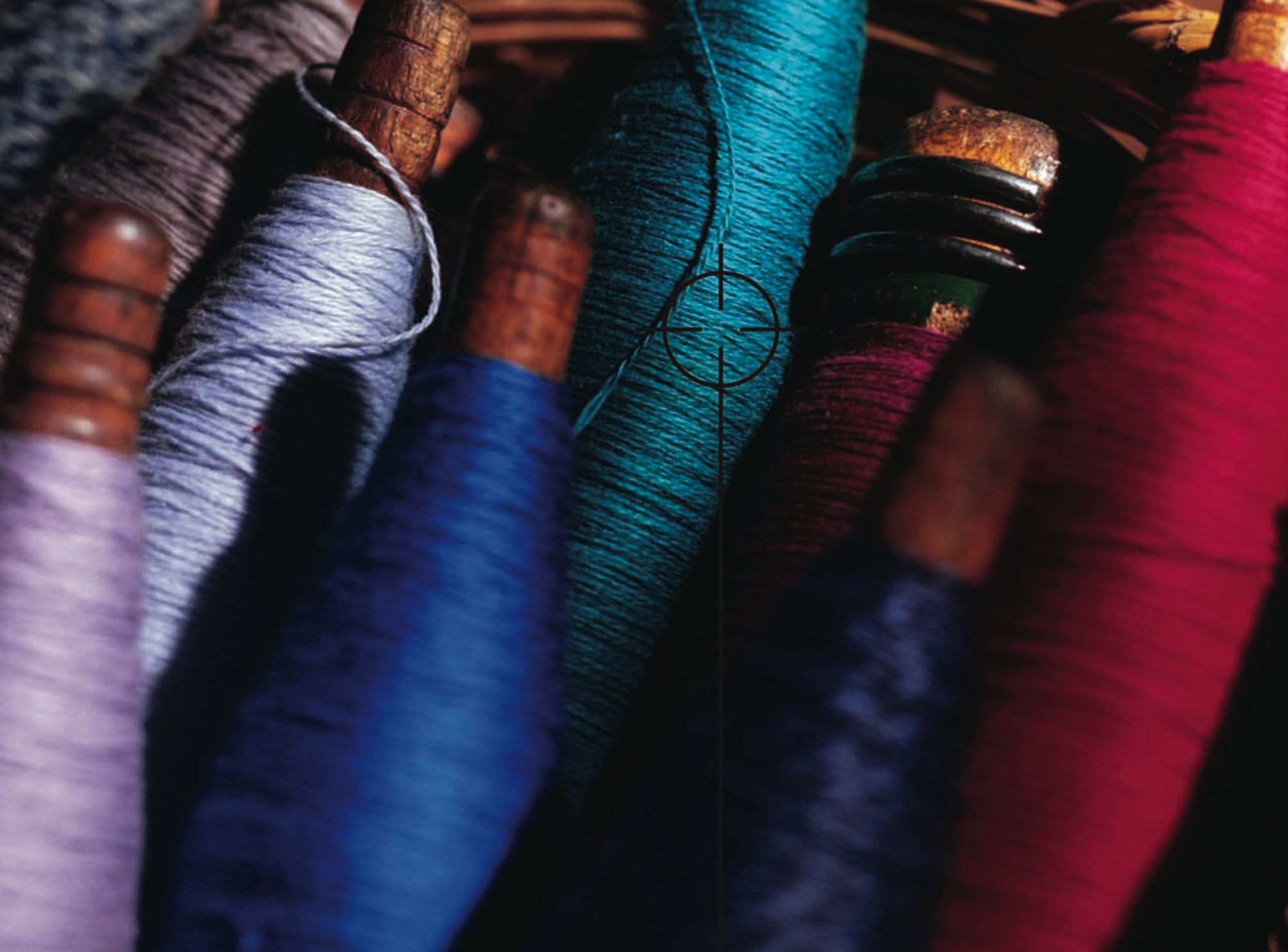
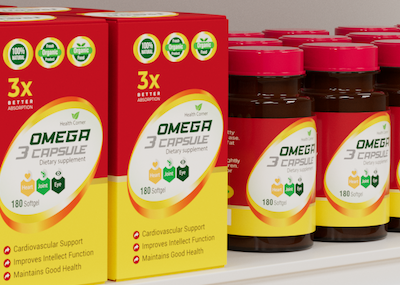
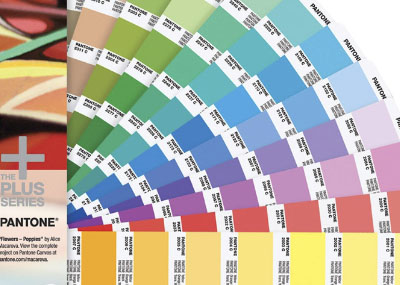
.jpeg?h=285&la=en&w=400&hash=6F4520F30E11DA92838E11C8E55C4BFB32664563)
